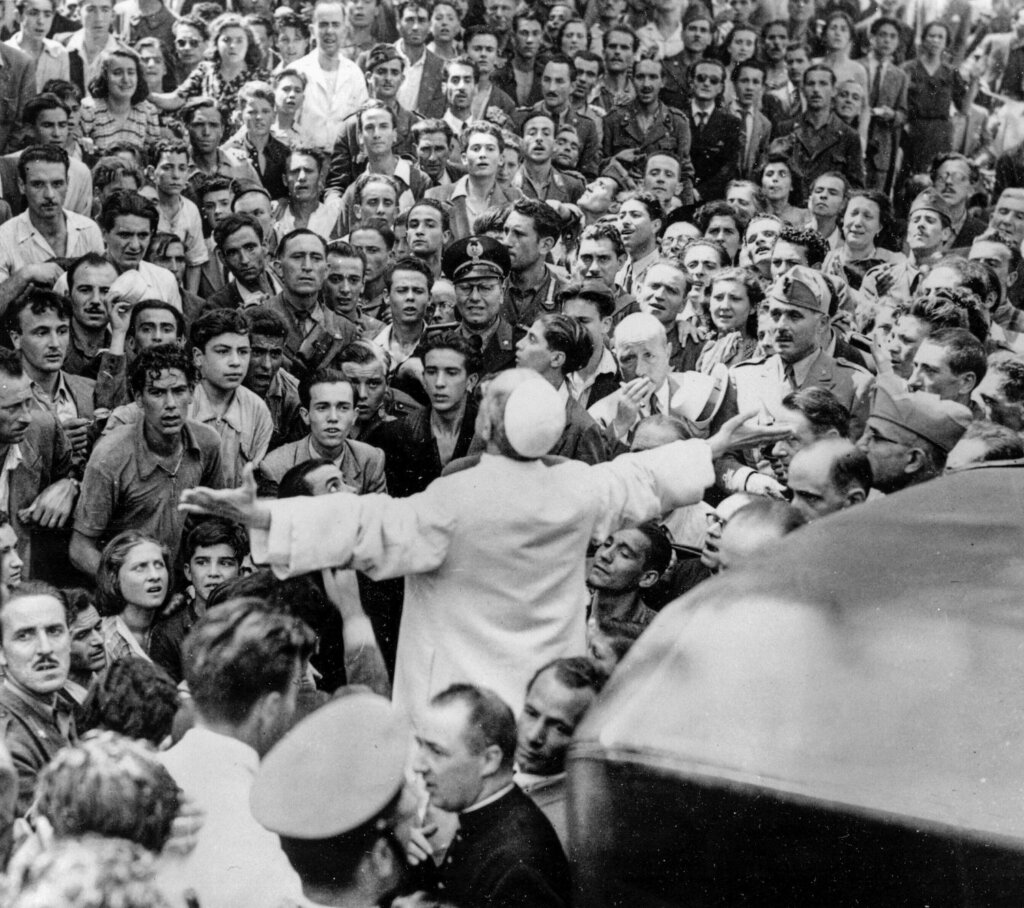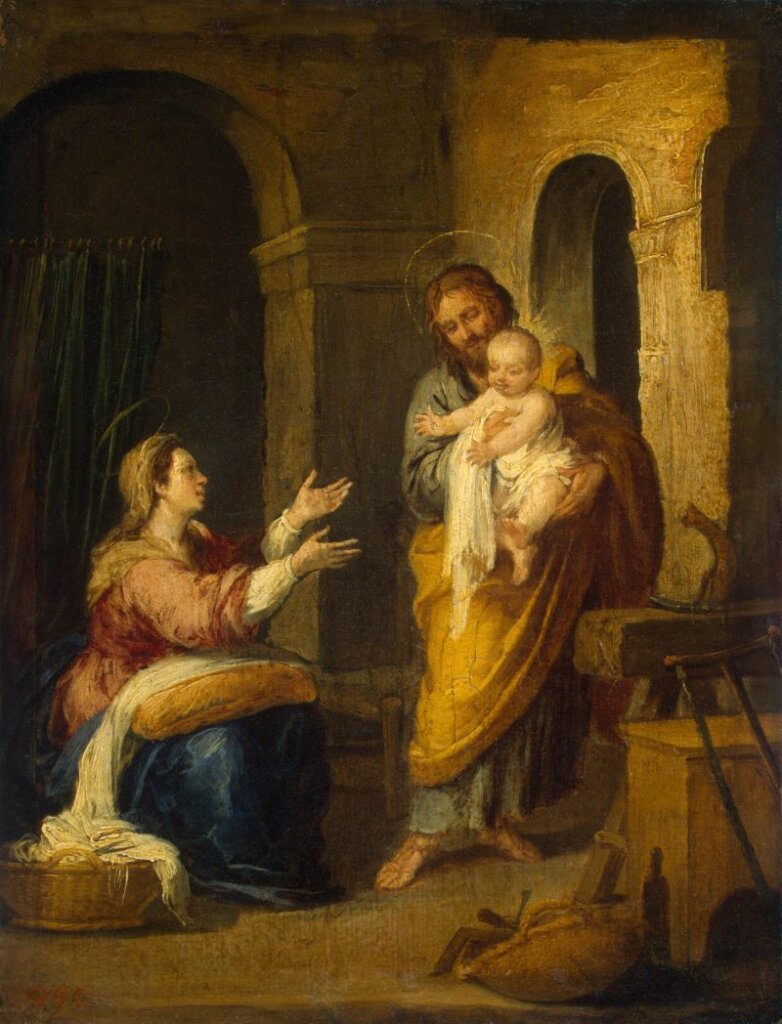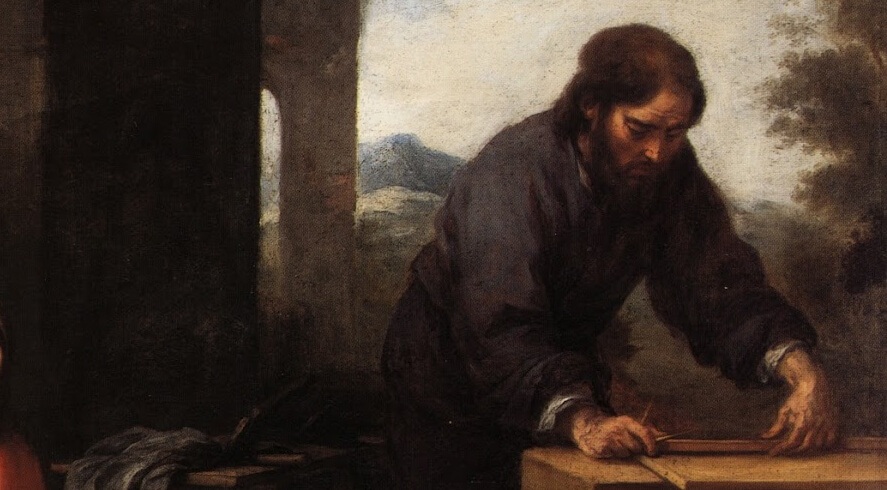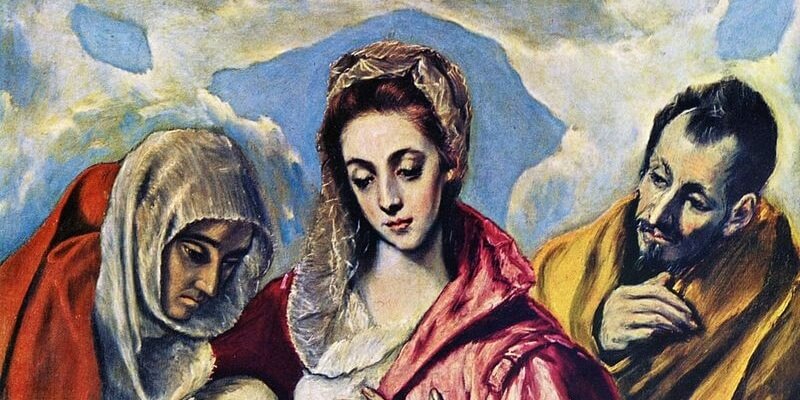In 1955, a huge swath of the world lay under the evil shadow of Communism.
Among the efforts of Pope Pius XII to counter the evil effects of Communism’s atheistic ideology was the institution of a new feast in honor of St. Joseph the Worker. Pius XII placed it on May 1st, the same day that the Communists held their “May Day” celebration: an anti-religious, secular commemoration of labor.

To counter the communist view, Pope Pius XII placed before the faithful the example of St. Joseph the Worker, true model of all workers. Unlike the Communists—who viewed work in purely materialistic terms and cut God right out of the equation—St. Joseph’s work had a supremely spiritual dimension.
St. Joseph did his work, quite literally, for God. As a carpenter in Nazareth, he worked in order to support the Child Jesus and His Mother Mary. Jesus learned the carpenter’s trade from St. Joseph and worked for the majority of His life as a carpenter Himself. The life of the Holy Family shows us the value, beauty, and sanctity of work.

St. Joseph the Worker is the patron saint of all workers, especially husbands and fathers who get up and go to work every day to support the family they love and cherish. +
This article was originally published on our sister site, Get Fed, where you can sign up to receive fun and fascinating Catholic facts in your inbox 5 days a week.






